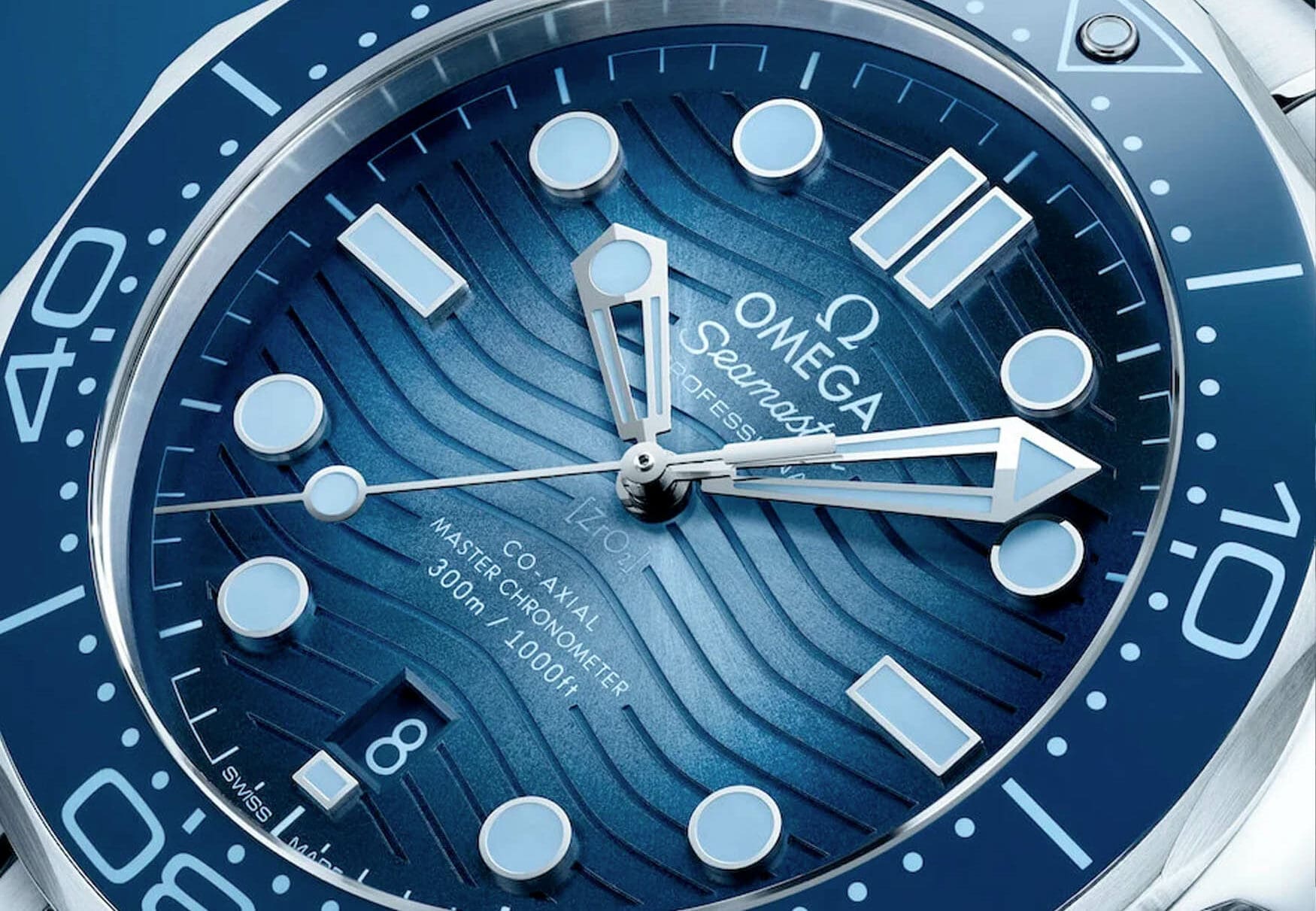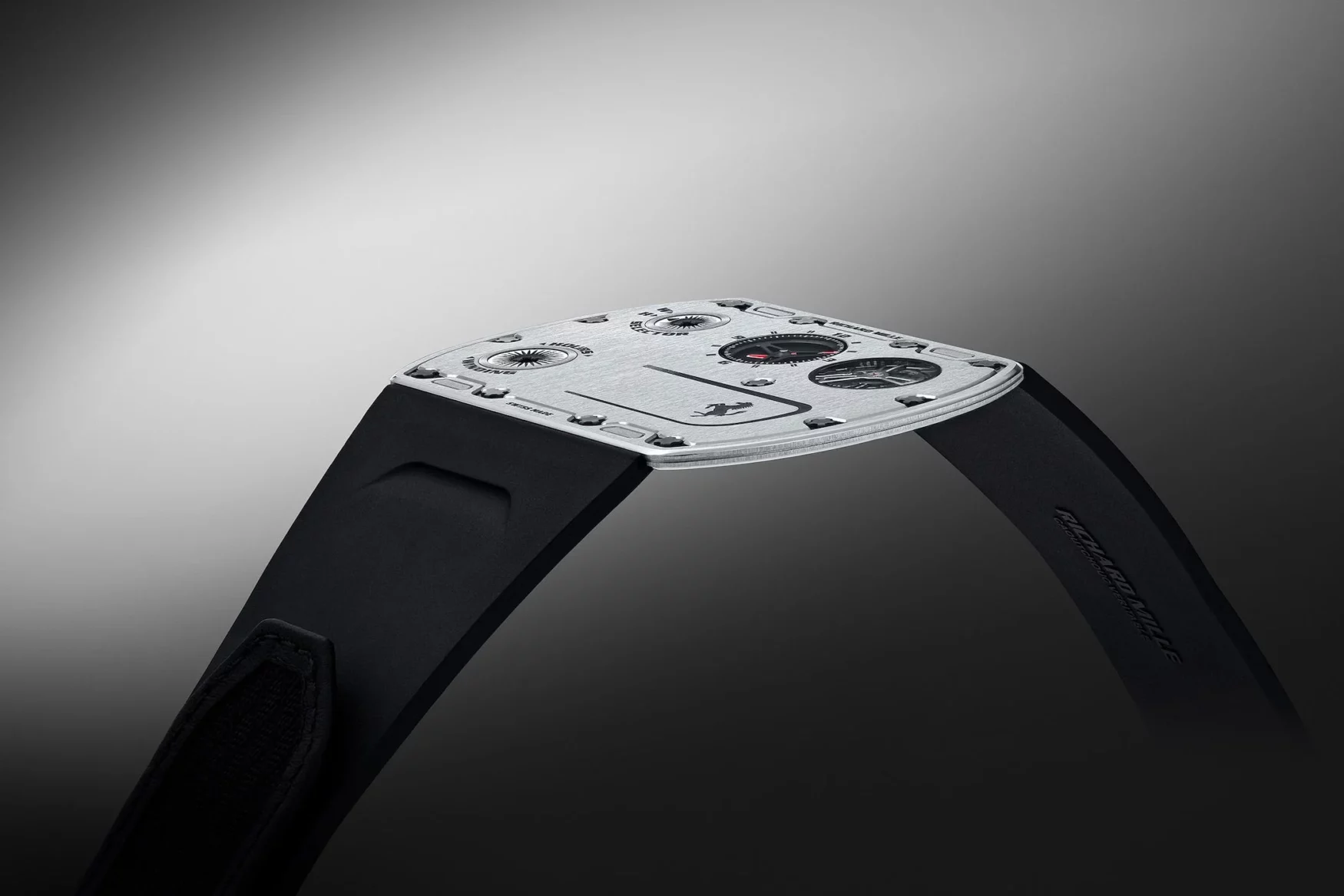How much does a lifetime of servicing actually cost?
Buffy AcaciaWatch enthusiasts love to preach the sustainability and longevity of mechanical watches, however, there is a bit of an asterisk which involves servicing. If a watch movement doesn’t get serviced on a regular basis, it’s more likely to jam up, break, or stop working for any number of reasons. Plus, servicing is expensive. Even if you’ve just got a entry-level Seiko which gets its whole movement replaced rather than repaired, you’re still looking at multiple times the cost of the watch over its lifetime. So, with a lens cast across a wide spectrum of price points, how much does a lifetime of servicing actually cost?
For the sake of argument, our hypothetical watch owner purchased a watch on their 30th birthday, and will die at the fairly average age of 80 years. Over the 50 years of watch ownership, we’ll be adhering to the recommended service intervals and using prices reported by various watch owners on forums where boutique servicing costs are not made public. It’s important to remember that servicing is a preventative measure as much as it is a restorative one, meaning that you shouldn’t just service a watch once it stops working. Water resistance especially is something which can fail suddenly and dramatically, causing a lot of damage before you even realise something is wrong.
Base level – Seiko 4R35/4R36 (NH35/NH36)
If your watch has a movement which is less expensive than a Seiko 4R35 (NH35), then servicing probably isn’t even on your mind. These movements are cheap and plentiful, but they’re also renowned for their longevity and reliability. If you were to replace the movement yourself you’d probably be looking at around US$40 for a new one, however a full service will also include things like lubrication, timing adjustment, and fresh gaskets with pressure testing which is especially important on dive watches.
Recommended service interval = 2-3 years
Average service price = US$159 (Seiko Service USA)
Lifetime servicing cost = US$2,650 – US$3,975
Entry-level Swiss — ETA 2824-2 / Sellita SW200-1
The ETA 2824 has been a staple of Swiss watchmaking since its introduction in the early ‘80s, and it’s still being produced today. Now that Swatch Group has reduced its ETA supply, chiefly selling only to its own brands, the Sellita SW200 is a near-exact clone which has all but taken its place among the affordable Swiss landscape. Their components are almost entirely interchangeable, meaning that spare parts are always available and will likely be easy to get for decades to come. The servicing cost for these movements is higher, however their higher quality does mean that servicing is recommended less frequently.
Recommended service interval = 5 years
Average service price = US$200 – US$300
Lifetime servicing cost = US$2,000 – US$3000
Luxury Swiss – Omega 8800
The Omega Seamaster Diver 300M is the perfect example of a typical luxury watch which thousands of people wear on a daily basis. It has a relatively high level of complexity with its co-axial escapement and METAS chronometer certification, but it’s still just a time-and-date movement at the end of the day. Many Swiss brands with in-house movements of a similar level will have similar servicing costs.
Recommended service interval = 5 to 8 years
Average service price = US$700 (Omega price calculator)
Lifetime servicing cost = US$4,375 – US$7,000
Luxury Swiss chronograph – Rolex 4131
Chronograph movements are vastly more complex than their time-only counterparts. Whether the chronograph is integrated or modular, it will most likely be adding between 100-200 extra components. Not only are they more difficult to pull apart and reassemble, but the parts typically take on more wear and need replacing more often than the parts of a time-only movement.
Recommended service interval = 10 years
Average service price = US$1,500 – US$2,000
Lifetime servicing cost = US$15,000 – US$20,000
High-luxury Swiss with complications – Patek Philippe CH 29-535 PS Q
When you work a chronograph and a perpetual calendar into the same movement, the result is as much a work of art as it is an engineering marvel. However, all of that technological advancement comes at the cost of maintaining it thoroughly. In engineering terms, simplicity means that there are fewer things which can go wrong. For a Patek Philippe Grand Complications watch like the reference 5270J, there is a lot which could theoretically go wrong. On the plus side, you’re no longer spending such a high amount in proportion to the original cost of the watch when it is this expensive to begin with.
Recommended service interval = 5 years
Average service price = US$2,300 (Patek Philippe service costs)
Lifetime servicing cost = US$23,000
High-luxury Glashütte with complications — A. Lange & Söhne L961.1
Many fans of A. Lange & Söhne have called for the Glashütte-based brand to be included in the Holy Trinity of watchmakers alongside Patek Philippe, Vacheron Constantin, and Audemars Piguet. It’s a valid desire, and certainly one that’s backed up by its level of watchmaking. The calibres are hand-finished works of art, surpassed in their complication only by their beauty. However, if you’re in possession of a Lange 1 Tourbillon, be prepared to brunt the servicing costs.
Recommended service interval = 5 to 7 years
Average service price = CHF 4,110 (A. Lange & Söhne price calculator)
Lifetime servicing cost = CHF 29,357 – CHF 41,100
Beyond this level, servicing costs remain a fairly closely guarded secret for the ultra-luxury brands and the individual clients they work with. There may be a few reports and forum discussions here and there, but they’re just too scattered to be reliable data. Standardised pricing is always subject to change depending on what needs to be done, and extra work such as case polishing or purchasing extra bracelet links can make those prices skyrocket even further.













